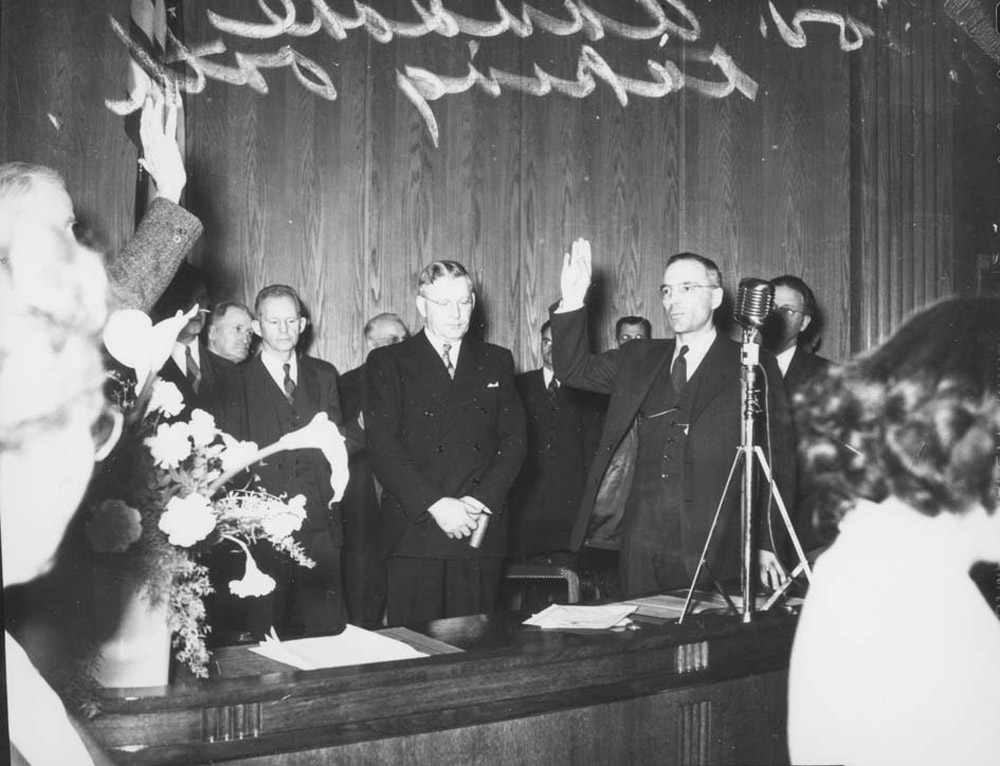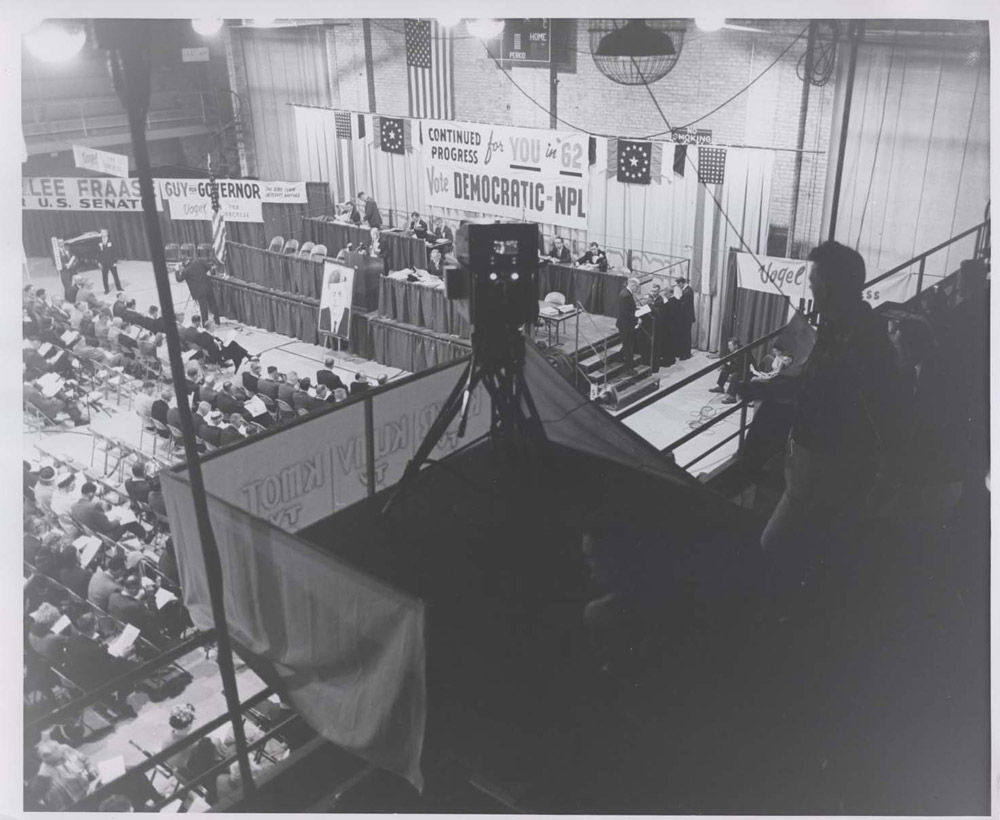North Dakota politics are confusing. Even though this is a Republican state, North Dakota once had a solidly Democratic delegation to Congress. North Dakota has, at times, endured years of corrupt leadership though voters value honesty in a politician. The North Dakota constitution reserves a good deal of political power for the electorate, but past political leaders have established and maintained powerful control over the legislature and the voters. Because of these confusing political patternsThe popular writer, John Gunther, wrote an important book on the United States called Inside USA (1947). On page 237, he wrote: 'There are more idiosyncrasies per square inch in North Dakota than in any state I know . . . Quite possibly this cross-grained, inflammatory state is the most complex in the entire nation.' Gunther is quoted in North Dakota: A History by Robert P. Wilkins and Wynona H. Wilkins (New York: W.W.Norton & Company, 1977):106-107. North Dakota has been called the “most complex [state] in the entire nation.”


Nevertheless, one of the political consistencies of North Dakota is that it is a Republican state. Democrats have seldom occupied the governor’s chair. Democrats have seldom held a majority of seats in both houses of the state legislature.
There are some theories about why North Dakota is loyal to the Republican Party. One theory is that Congressional Democrats were reluctant to admit North Dakota (and its Republican voters) to the Union in 1889. Republicans, however, helped to bring about statehood. Perhaps for that reason, the state has remained loyal to the Republican Party. Another theory is that the two largest ethnic groups, Norwegians and Germans from Russia, tend to be Republicans. The Democratic Party did not have a strong following among North Dakota’s ethnic groups.
The largest exception to Republican Party control of North Dakota politics was the Nonpartisan League (NPL) which controlled the governor’s office and the legislature from 1917 to 1920. The Nonpartisan League began to lose power in 1920, but one of its bright stars, William Langer, rose from the ashes and became one of North Dakota’s most enduring politicians. However, Langer’s terms as governor and as U.S. senator were steeped in controversy.
After 1922, the discredited Nonpartisan League no longer held any political power. However, some of its ideas were still popular with both Republicans and Democrats. Former Leaguers remained active in politics. Among these were U. S. Senator Edwin Ladd (Republican serving in the Senate from 1921 to 1925) and Senator Lynn Frazier (Republican serving in the Senate 1923 to 1940) who had previously served as NPL governor from 1917 to 1921.
North Dakota politics took a conservative turn in 1938. Republicans joined with Democrats to oppose Langer’s run for the U.S. Senate. By 1943, opposition to Langer resulted in the formation of the Republican Organizing Committee (ROC), a well-organized and well-run political organization with state-wide support. The ROC organized around the idea of a broad-based economy that included business and labor as well as agriculture. Former Leaguers with conservative views also joined the ROC. (See Image 1.) The Republican Organizing Committee succeeded in electing Fred G. Aandahl to the governorship in 1944.
The success of the Republican Organizing Committee forced remaining Leaguers and Democrats to form an alliance. The two political groups drew closer in 1958, and in 1960, the Democratic Party officially merged with the Nonpartisan League to become the Democratic-NPL Party. (See Image 2.) The alliance was soon successful in putting DemocratsIn 1960, William Guy, a Democrat from Cass County, was elected governor. He remained in office until 1973. Of the 25 governors who had served before Guy, only three were Democrats. The Democratic governors were John Burke (1907-1911), Thomas Moodie (1935), and John Moses (1939-1945). Moodie served only a few days of his term. He was removed from office in February, 1935 because he had not met the qualifications for governor. A governor is required to have lived in the state for five years prior to election. Moodie’s residence fell short by five days. He was succeeded by Lieutenant Governor Walter Welford, a Republican. into office. North Dakota could now claim to be a two-party state, even though Republicans still dominated most elections.


